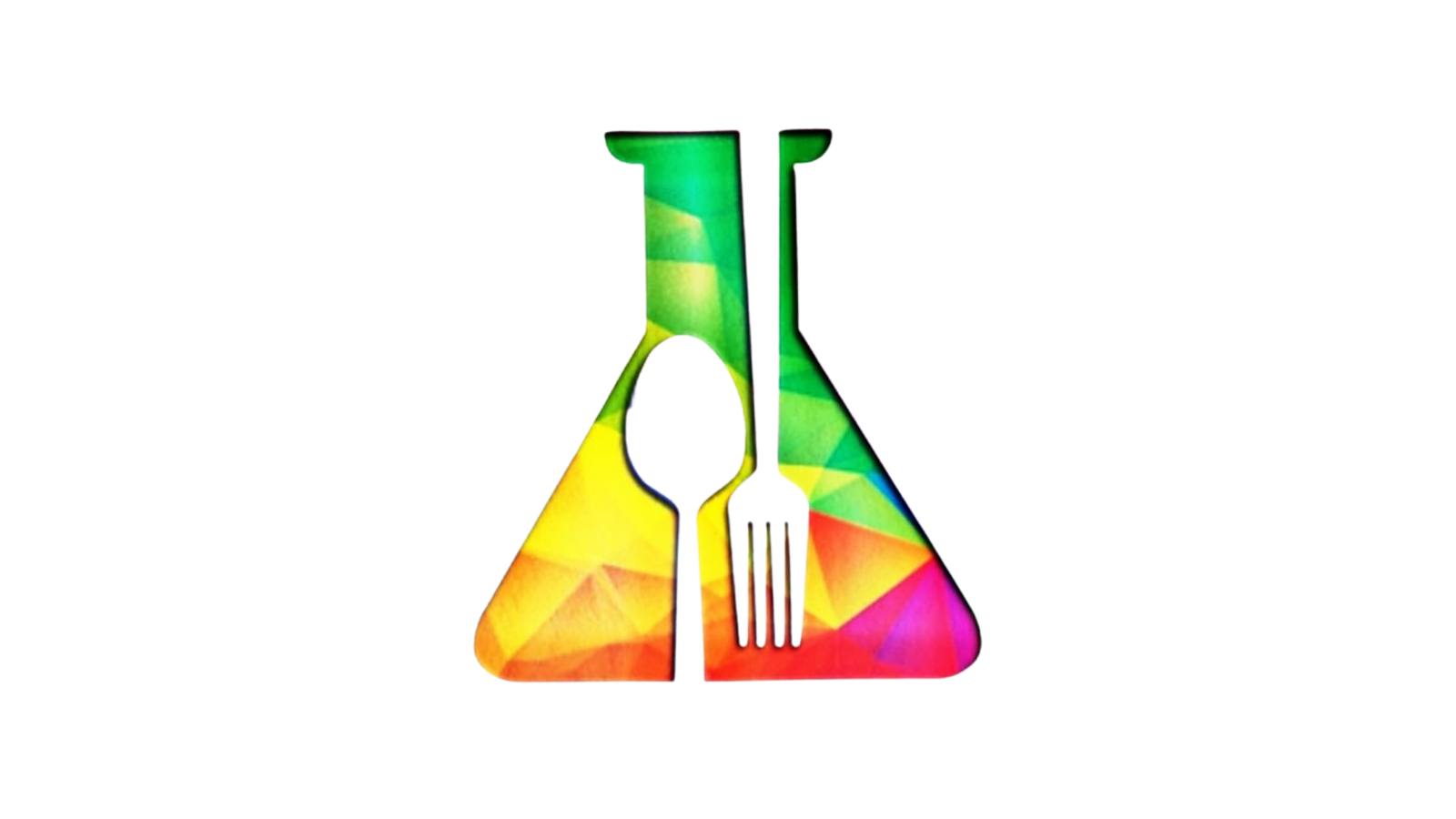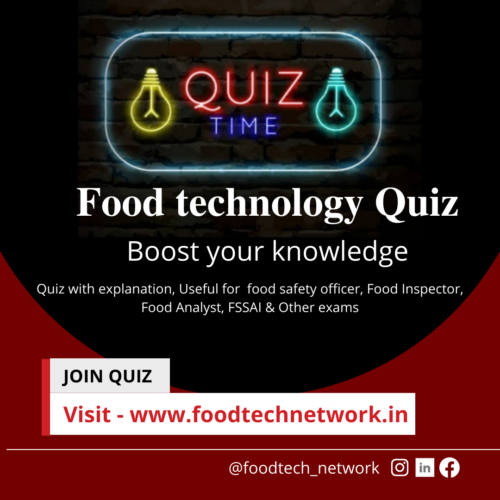Q. The only carbohydrate present in the milk is
- Maltose
- Sucrose
- Glucose
- None of the above
Answer: d)
- Cow’s milk contains 4 or 5% lactose. Lactose, being water soluble, is associated with the whey portion of dairy foods.
Q. The father of white revolution is
- Dr. M. Kurien
- Dr. V. Kurien
- Dr. S. Kurien
- Dr. A. Kurien
Answer: b)
- Dr Kurien engineered the White Revolution in India, and made India the largest milk producer in the world. Lovingly called the Father of the White Revolution in India, Dr Verghese Kurien was born on November 26, 1921.
Q. Marinades are prepared from
- Egg
- Meat
- Fish
- Cereals
Answer: c)
Marinades are mixtures of oil, seasonings, and often acidic ingredients, like vinegar, wine, or citrus juice, used to enhance the flavor of foods. There are different types of marinades, classified as acidic, enzymatic, or oil-based by which the fish is cured.
Q. Nitrate and Nitrite along with Sodium Chloride is called as
- Curing agent
- Emulsifier
- Anticaking agent
- Fumigating agent
Answer: a)
Curing is the addition to meats of some combination of salt, sugar, nitrite and/or nitrate for the purposes of preservation, flavor and color. Some publications distinguish the use of salt alone as salting, corning or salt curing and reserve the word curing for the use of salt with nitrates/nitrites. The cure ingredients can be rubbed on to the food surface, mixed into foods dry (dry curing), or dissolved in water (brine, wet, or pickle curing). In the latter processes, the food is submerged in the brine until completely covered. With large cuts of meat, brine may also be injected into the muscle. The term pickle in curing has been used to mean any brine solution or a brine cure solution that has sugar added.
Q. Condition of toughening of the muscle of the meat after slaughtering of animals is called.
- Rigor toughening
- Rigor mortis
- Rigor hardening
- Rigor tightening
Answer: b)
The conversion of muscles to meat is completed when muscles have depleted their energy reserves or have lost the ability to utilize remaining reserves. In living muscles at rest, an ATP molecule binds to each myosin molecule head and in this condition the myosin head is said to be “charged”. In resting muscle, further developments between the actin and myosin of thin and thick myofilaments are prevented by the intrusion of tropomyosin molecules.
Contraction in living muscle is initiated by the release of calcium ions from the sarcoplasmic reticulum, and followed by the removal of the tropomyosin intrusion. As a muscle contracts, charged myosin molecules heads attach to actin molecules, ATP is split to ADP with a release of energy, and the myosin molecule head swivels to cause filament sliding.
The myosin molecule head, which is still attached to its site on the actin, can only detach itself if a new ATP molecule is available to be be bound. When muscle is converted to meat, myosin molecule heads remain locked to actin and even passive filament sliding is impossible.
🔊 Be Aware, We never charge any consultancy fee for jobs.
📲 Foodtech Network WhatsApp Jobs Group
🔗 WhatsApp Groups
🖥 Food Safety Training programs
🔗 https://bit.ly/3fbjKRz
📈 Food Entrepreneurs & Startups (Our services)
🔗 https://bit.ly/3JDyPIN





Comments